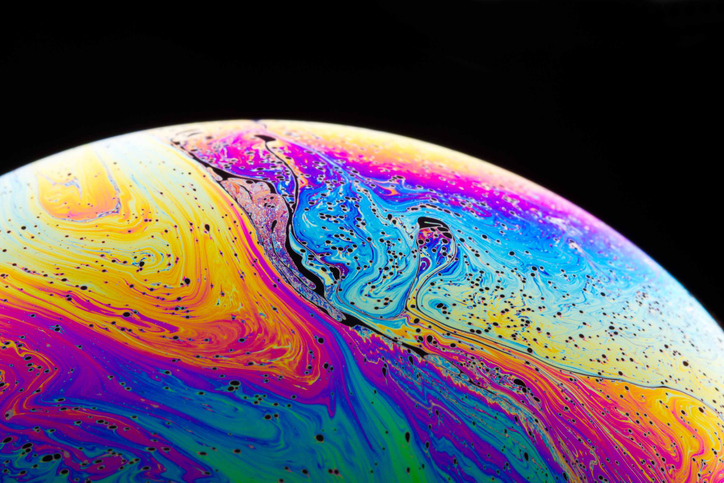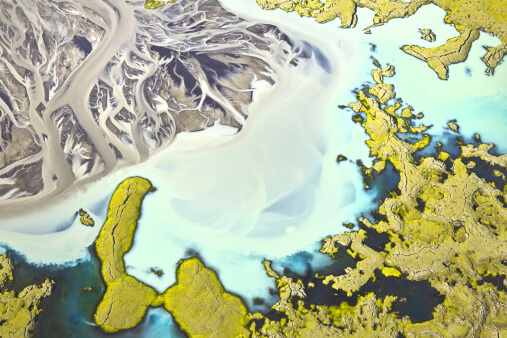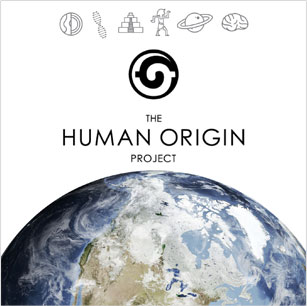From cyanobacteria to fungi. Dinosaurs and chickens. Whales and cows. Monkeys to humans, the evolution of life is a story with surprising twists.
Earth has been home to over five billion different species of organisms. Of all of those living life forms, an estimated 99% of all species are now extinct. We, humans, are currently sharing the earth with about 12 million other species.
So how did it end up this way, and who lived before us?
In this article, we’ll outline the timeline of life on earth. Our planet’s evolution started with the first organism ever to call our planet home.
What was the first form of life on Earth?
The timeline of life on earth begins over 4.5 billion years ago. In the beginning, survival was difficult for any life forms. The struggle started and soon after earth’s formation, organisms start appearing. It makes sense the first signs of life on planet earth are incredibly simple.
The earliest fossil evidence of life on earth dates to 3.7 billion years ago. They were found preserved in ancient rock samples from Greenland. The fossils were once part of a now-extinct seabed and thought to be the remains of ancient microbes.
These anaerobic organisms lived in the absence of oxygen. They process the other chemicals that were abundant in the early atmosphere and oceans. The efforts of these microbes created the conditions for all other life to evolve across the earth.
How did photosynthesis change the earth?
2.1 billion years ago more sunlight was starting to penetrate the earth’s toxic atmosphere.
Cyanobacteria, named after their blue/green color- were the first to start exhaling oxygen. Here the early stages of photosynthesis began.
For more than a billion years, the timeline of life on earth existed in primal forms. All life was single-celled organisms, made up mainly of bacteria and algae.
When did life first evolve?
It’s unknown why, but around 900 million years ago simple multi-celled organisms started to appear. They evolved from simpler organisms to have different types of cells with individual functions.
Here was a critical period of the evolution of planet earth. These newly formed organisms would evolve into all forms of life on earth today.
What started the Cambrian Explosion?
540 million years ago a mysterious event occurred. Suddenly, and seemingly out of nowhere, large numbers of species started appearing. It’s a period is known as the Cambrian explosion.
In the Cambrian, the first-time animals with mineralized skeletal systems lived. On a scale of evolution, this period in the timeline of life on earth was by far the most exciting and vital.
Soon after, the first vertebrates appear. Then the emergence of life on to land rather than confined to the oceans. Corals, ancient shelled organisms, mollusks, soft bodies life forms, all began developing at this time.
The evolution of diverse life on earth
After the Cambrian explosion, life on earth was climbing in diversity. Many new species of plants and animals separate onto a path of evolution. New forms of life began to appear.
Plants began colonizing the land, and fish began swimming in the seas. The first life on land started as algae gradually adapted to be able to live on dry land.
Around 400 million years ago, the first four-legged animals started to develop. These animals, known as tetrapods, are the ancestors to all birds, mammals, reptiles and even amphibians.
The first amphibians appear soon after, living on sea floors and in shallow marine ecologies. They were the first species to branch off from the tetrapods.
Insects are next, although they took some time to develop wings.
Then reptiles developed in swamps and tropical forests, which were mainly made up of ferns and other ancient coniferous plants.
What was the first predator on earth?
At 300 million years ago, many species were living in many ecologies. Reptiles especially thrive both on land and in water.
The first aquatic reptile to exist was known as a Mesosaur. It preyed on amphibians and other sea creatures. Scientists don’t know why this ancient predator diverged from its fellow reptiles and returned to the ocean.
The most well-known land-dwelling ancient reptiles were the Dimetrodon. This early predator had an appearance much like a dinosaur. However, the last remains of a dimetrodon have been dated to 40 million years before dinosaurs walked the earth.
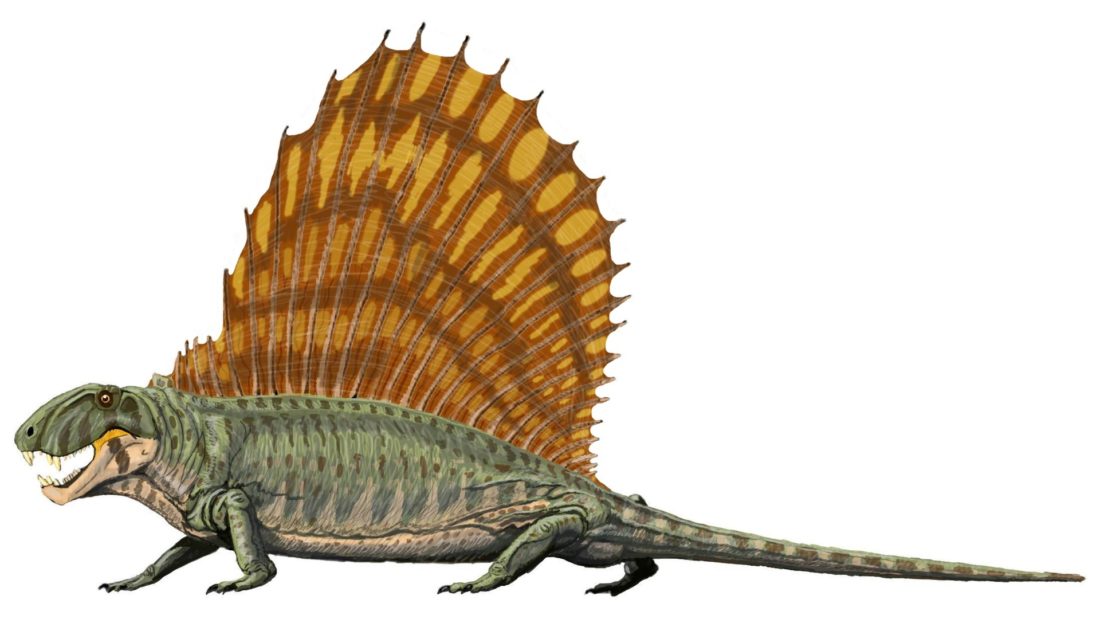
The Dimetrodon was one of the first predators to evolve on planet earth. Source
When did the first dinosaurs appear on Earth?
250 million years ago marked the first emergence of dinosaurs. They were pre-empted by a mass extinction event that shattered all life on earth. Around a third of life on planet earth was wiped out, marking a huge fork in the timeline of life on earth. Yet, as life has shown to do throughout history, it continued on living.
The dinosaurs weren’t initially the dominant species on the planet. It would take 50 million years to take over the entire planet.
When did the first mammals appear on planet Earth?
In the late Triassic, 200 million years ago, the first mammals appear. It was soon after the dinosaurs became the dominant species on earth. These mammals were very small, many no larger than mice. Here the first warm-bloodedness mammals appear in the record. In the timeline of life on earth, mammals began splitting into the four major groups that can be observed today. It’s not known why it happened.
Today, it’s unknown exactly when, but around this era saw the emergence of the first birds. They are thought to have split from dinosaurs or reptiles. How and when is still a mystery.
As all of this was unfolding in the animal kingdom, plant species across the world were diversifying rapidly. The first signs of flowering plants are linked to this time as the evolution of the planet flourished.
During which era did the dinosaurs become extinct?
66 million years ago saw the Cretaceous-Tertiary extinction event. It was the mass extinction that saw dinosaurs wiped from the face of the earth. It meant that mammals, which were previously living in the shadow of the dinosaur, could take over and dominate the land. They started small, but quickly grew and diversified, enjoying their new dinosaur-free world.
It was around this time that primates began spreading and diverging into new species. Lemurs, gibbons, bonobos, orangutans, gorillas, and even modern humans are all linked to this point in the timeline of life on earth.
Around 50 million years ago, whales evolved to live under the sea. The earliest forms of these are thought to have been land animals adapting to life in the sea. They began by returning to the land only to give birth.
What are the Pleistocene megafauna?
Over the next few million years, evolution continued among mammals. For reasons unknown, many species started getting bigger and bigger, some growing to enormous sizes.
These animals, known as megafauna, populated the planet up until around 10,000 years ago when unknown events wiped most of them from the face of the earth.
Some incredible megafaunal species include:
- Mammoths
- Wooly rhinoceros
- Giant beavers
- Giant ground-sloths
- Sabretooth tigers
- Glyptodons
- Megalodon
- Daeodon
- Short-faced bears
Earth’s series of extinction events culminates around 10,000 years ago. It is called the Younger Dryas Extinction Event. Today most of the remaining megafauna living on the plains of Africa.
Conclusion:
Despite all the species we know have lived and existed, many are found every day. Millions more are thought to remain undiscovered.
Today humans are the dominant species on the planet. Our footprint means many organisms are becoming extinct. One challenge of humans to fit into the timeline of life on earth see how it would look if we were to vacate the planet and let nature take back control.
What other animals lay on the depths of the sea or in the far reaches of the globe is anyone’s guess. Whatever they are, they all make up the abundance of life on earth.
Now it’s up to you. How does the timeline of life on earth impact our lives today? Can we reshape our habits to better in tune with planet earth?
Leave your thoughts in the comment section below.
Further reading:
- https://www.livescience.com/55950-worlds-oldest-fossils-found-in-greenland.html
- https://www.newscientist.com/article/dn17453-timeline-the-evolution-of-life/
- https://burgess-shale.rom.on.ca/en/science/origin/04-cambrian-explosion.php
- https://www.newscientist.com/article/dn17453-timeline-the-evolution-of-life/


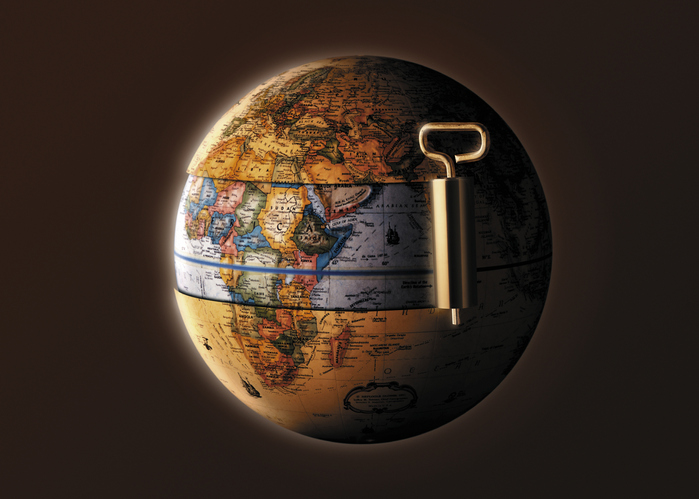 Evolution and the timeline of life on earth happened in stages over 4.6 billion years
Evolution and the timeline of life on earth happened in stages over 4.6 billion years
